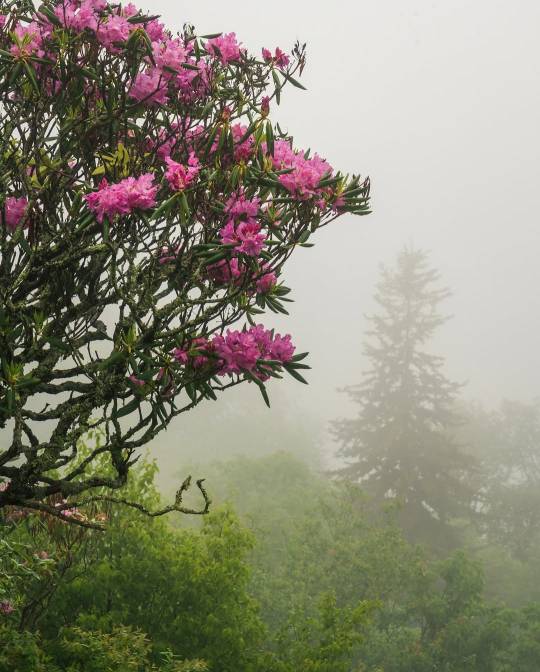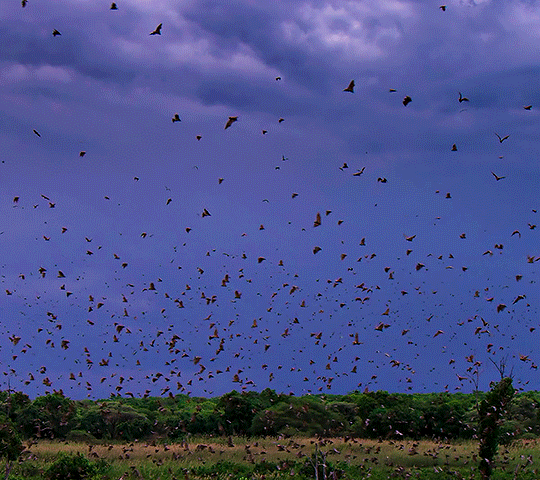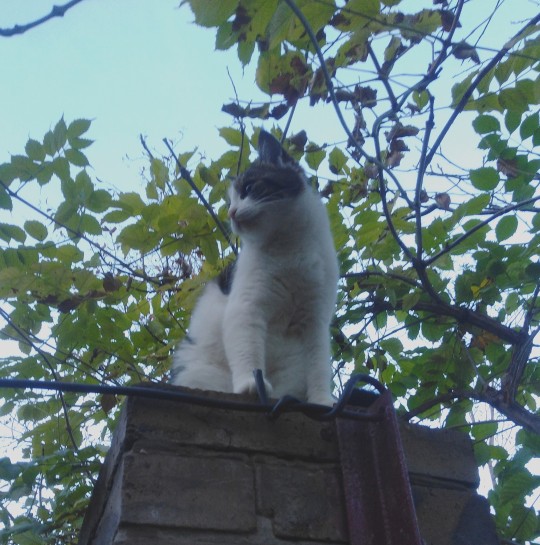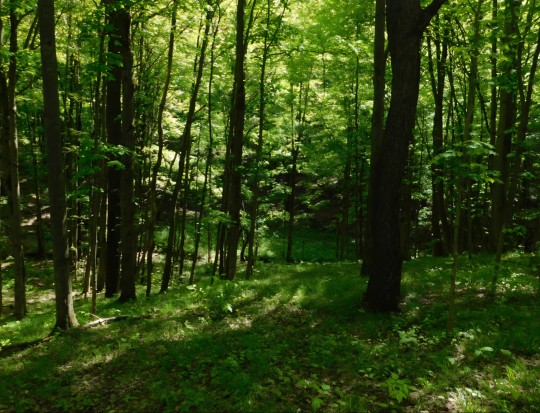#Trees
Explore tagged Tumblr posts
Text

Jolly Holiday
Watercolor On Wood Panel
2025, 11"x 14"
Wild Daisies
#art#painting#artwork#artists on tumblr#flowers#floral#watercolor#nature#minimalism#botany#traditional art#plants#pretty#original art#doodles#cottagecore#spring#summer#wholesome#beautiful#minimal#illustration#blue#gold#trees#witchblr#wildflowers#daisies#white#white flowers
787 notes
·
View notes
Text



by hiking.nina
#trees#flowers#fog#foggy forest#forestcore#naturecore#aesthetic#landscape#landscape photography#curators on tumblr#up
557 notes
·
View notes
Text




Rata Forest in New Zealand
#wow#beautiful#landscape#trees#aesthetic#photography#nature#explore#travel#cottage#cottagecore#paradise#adventure#inspiration#gif#gifs#tumblr#scenery#art#*myedits
22K notes
·
View notes
Text

#animals#animal#sky#nature#photography#lightening#sky photography#naturecore#lightning#aesthetic#flash#pink#blue sky#adorable#trees#sunset#landscape#clouds#funny#pretty#art#traveling#cottage witch#travel#motivation#bats and birds#bats#inspration#maviyenot#birds
68K notes
·
View notes
Text




#photography#landsccape#aesthetic#green#grandmacore#cottagecore#naturecore#beauty#landscape#paradise#nature#adventure#explore#travel#travelling#photographers on tumblr#dark acadamia aesthetic#light academia#heart#pretty#mountains#forestcore#cozy#trees#nature photography#flowers#fairycore#farmcore#flowercore#cottage witch
27K notes
·
View notes
Text

Dreamland
Watercolor On Wood Panel
2025, 11"x 14"
White Cherry Blossoms
#art#painting#artwork#artists on tumblr#flowers#floral#watercolor#nature#minimalism#botany#traditional art#plants#pretty#original art#doodles#cottagecore#spring#wholesome#beautiful#minimal#illustration#pink#purple#trees#witchblr#cherry blossoms#white
982 notes
·
View notes
Text




#rainbow#aesthetic#butterfly#landscape#paradise#forestcore#nature#travel#travelling#explore#cottagecore#naturecore#adventure#nature photography#dark acadamia aesthetic#flowercore#photographers on tumblr#flowers#light academia#fairycore#green#trees#fall aesthetic#heart#art#photography#grandmacore#cottage witch#cottage#landsccape
27K notes
·
View notes
Text
The 3rd of November, 2020



My cat Lucia stayed at my grandmother's house when my family and I moved💔. She's fine, but I miss
#photography#photographers on tumblr#my post#landscape#nature#naturecore#nature photography#light aesthetic#trees#tree#my cat#cute cats#cat#cats#kitty#cozycore#cozy aesthetic#cozy
28 notes
·
View notes
Text


#maviyenot#photography#nature#naturecore#landscape#pretty#travel#traveling#photographers on tumblr#trees#forest#snow#advertising#architecture#photo#gif#thunder#view#exlore#nature photography#curators on tumblr#artists on tumblr#beauty#profit#snows#snowfall#winter#winter landscape#aesthetic#scenery
57K notes
·
View notes
Text


#my photography#tree#trees#woods#forest#green#spring#camping#photographers#photography#photographers on tumblr
10 notes
·
View notes
Text
ym.nara_mislin on Instagram 🌸
22K notes
·
View notes
Text


by jhamilbader
#flowers#wildflowers#forest#forestcore#trees#aesthetic#nature#naturecore#photography#landscape#curators on tumblr#up
31K notes
·
View notes
Text




#mine#travel#traveling#tourism#trip#mountain hiking#mountain hike#hike#mountains#rocks#nature hikes#nature pics#nature#nature aesthetic#naturecore#landscape#treescape#outdoors#trees and forests#trees#forestcore#fairycore#faecore#forest vibe#forest spirit#clouds#cloudcore#my photos#my pics#photographers on tumblr
204 notes
·
View notes
Text
Deli eder insanı bu dünya,
Bu gece, bu yıldızlar, bu koku,
Bu tepeden tırnağa çiçek açmış ağaç...
Orhan Veli Kanık...
#falling stars#star galaxy#stars#star#night#night sky#trees#tree#pics#art#landscape#scenery#nature#travel#amazing#aesthetic#beautiful photo#traveling#photography#landscape photography#gece#yıldızlı gece#yıldızlar#gökyüzü#yıldız#şiir#edbiyat#kitap#şair#nature photopragpy
204 notes
·
View notes
Text
After more than six months of struggles and hard work , Pixie have finally officially announced that the big ( ? 24 by 36 ? inches ) Acrylic painting , is ( probably ? ) finished . maybe …
Any way , the trees have flowers now . :)

#original art#traditional art#paintings#acrylic painting#acrylic#large canvas#moon#full moon#night time art#night#trees#forest#hiking path#actually autistic#actually disabled#actually nonverbal#autism#nonverbal#nonspeaking#disabled artist#severe autism#autistic artist
190 notes
·
View notes